
Chemistry and Automobiles: Lighting the Way to the Future of Motor Vehicles
Automobiles that are lighter weight, more fuel efficient and safer for occupants are made possible by plastics and other products of chemistry. This report captures the role that lightweight plastic and other chemistry products play in the performance, fuel efficiency and safety. Download the PDF
Learn More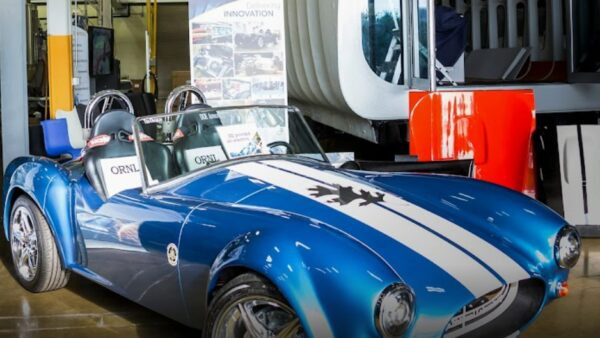
Automakers Focus on Circularity
Look around when you’re in a car. Almost anything you touch is made with plastics (even the windows).
Learn More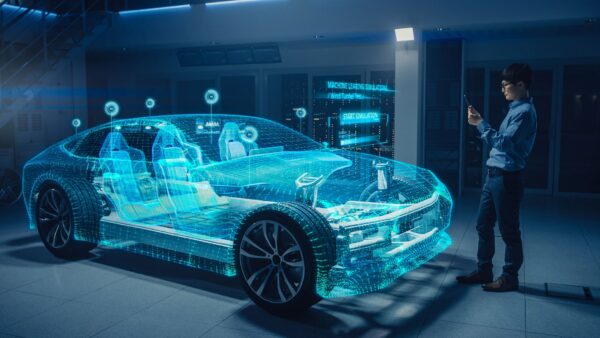
What’s Your Car Going to Be Like in the Future?
Hint: Plastics Are Driving Innovation, Safety, Fuel-efficiency, & Sustainability What’s one of the most hi-tech computers you use? Chances are it’s the car you drive or rideshare. The modern car is a technological marvel, a remarkable feat of engineering packed with systems for propulsion, safety, comfort, entertainment, and environmental protection. And cars of the future? […]
Learn More
“Sustainably Speaking” Podcast Explores The Automotive “EV”olution
Sustainably Speaking is a podcast launched in 2021 for innovators, thought leaders, and industry experts to discuss ways to increase sustainability, develop a circular economy for plastics , and ensure a lower-carbon future. The podcast’s episodes have covered topics ranging from advanced plastics recycling to preventing food waste, expanding the use of sustainable technologies , […]
Learn MoreStronger, Faster, More Economical: How New Plastic Composites Can Advance Electric Vehicles
As we pivot toward a lower-carbon future, manufacturing will rely more and more on multiple modern materials to improve sustainability and resilience. Automakers are leaning in, dramatically increasing new electric vehicle (EV) production to meet demand for sustainable propulsion. It’s estimated there will be more than 31 million EV’s sold annually by 2030. And they’re […]
Learn More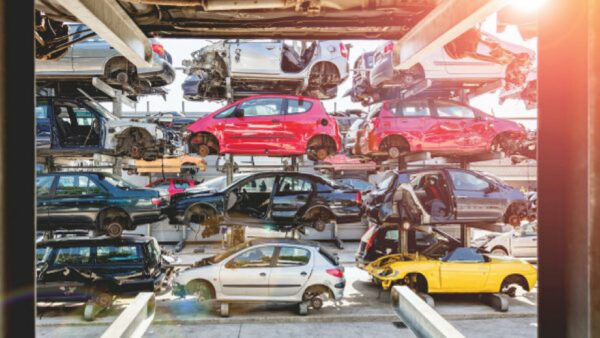
Automotive Plastics Drive Sustainable Solutions on the Road to a Circular Economy
Automakers and their suppliers are working to improve sustainability in the automotive industry, in part by accelerating the “circular economy.” Unlike the prevalent linear economic model — in which products such as vehicles are made, used, and discarded — under the circular-economy model products are designed and built to remain in use for as long […]
Learn More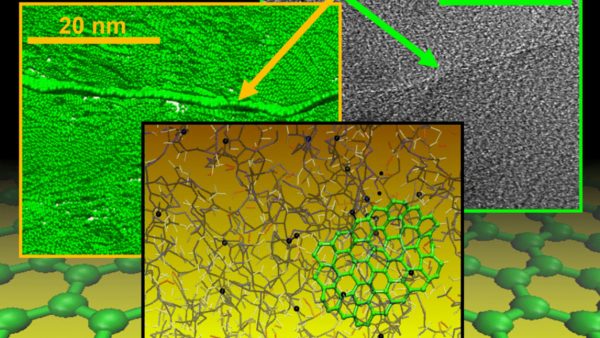
A New Type of Carbon Fiber Points the Way to Lighter and Safer Automobiles
In recent years automakers have introduced parts made of carbon fiber into cars and trucks, due to its unique qualities. The material is five times stronger than steel, yet much lighter. “Currently most carbon fibers are produced from a polymer known as polyacrylonitrile, or PAN” says Małgorzata Kowalik, researcher in Penn State’s Department of Mechanical […]
Learn More
Automotive Plastics – Lightweighting a Minivan, One Seat at a Time
The ability to reduce vehicle weight is one of automotive plastics’ most important benefits. Vehicle lightweighting helps improve energy efficiency and meet U.S. Government Standards for fuel economy and emissions requirements. Advanced, lightweight materials such as plastics and composites also allow cars to enable new electronic and emission-control systems, without increasing weight in many cases. […]
Learn More
Coming Soon: Antimicrobial polymers to help keep auto occupants safe and healthy
It’s estimated that many drivers and passengers spend more than 10 hours each week traveling in automobiles, which are enclosed spaces having numerous touch points. This means increased opportunities for travelers to be exposed to bacteria and viruses. Typical touch points include door handles, seats, steering wheel, gear shift, touch-screen display, and instrument panel. The […]
Learn More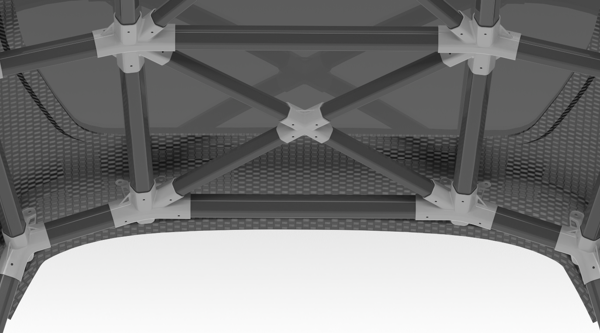
Deep Orange 11 – A Student-designed, Sustainable Vehicle for 2035
Lighter. Stronger. Smarter. This is the mantra of Clemson University’s 31-student team which is advancing sustainable vehicle design using engineered and fiber-reinforced plastics. Clemson students are completing an ultra-efficient concept vehicle designed for the year 2035 – and a big part of their design takes advantage of engineered and fiber-reinforced plastics. About Deep Orange 11 […]
Learn More
The Personal Mobility Revolution Has Arrived!
The role of the automobile and its place in daily life is drastically changing, and with that comes a new set of realities and opportunities. A key aspect of Automotive Plastics’ Roadmap to Future Mobility is personal mobility; and a broad range of social, political, and economic factors are greatly changing the standards, expectations, and […]
Learn More
The NEW Roadmap for Future Mobility is Here
Exciting news! An incredible updated roadmap for future mobility was recently released, and it’s paving the way for automakers and their various suppliers to change the industry like never before. In light of emerging new mobility needs, environmental awareness, and the pursuit of a new level of innovation, this roadmap will provide a framework necessary […]
Learn More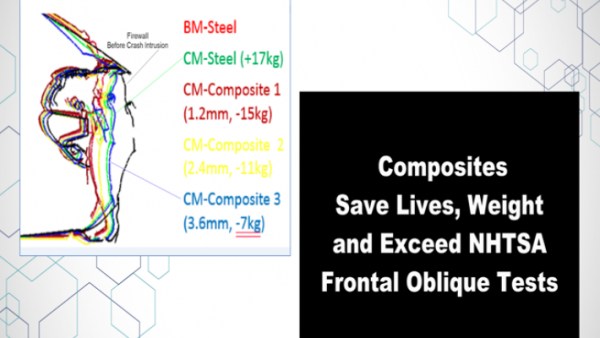
The Game-Changing Chemical Reaction Happening in The Automotive Industry
We’ve all heard of chemical engineering is, and most of us understand what a chemical reaction is. But how many of us know what these have to do with our next car? We’ll allow Jose Chirino, a chemical engineer working to change the environment and auto industry for the better, to explain. To begin, chemistry […]
Learn More
Get Ready – Cars of the Future Depend on Polymers and Composites!
“Plastics will be with you, for you, between you, around you, in front of you, behind you, next to you, above you, beneath you and beside you!” It’s no exaggeration—plastics are well on their way to becoming an integral part of a sustainable future. They will be especially vital to new modes of transportation, particularly […]
Learn More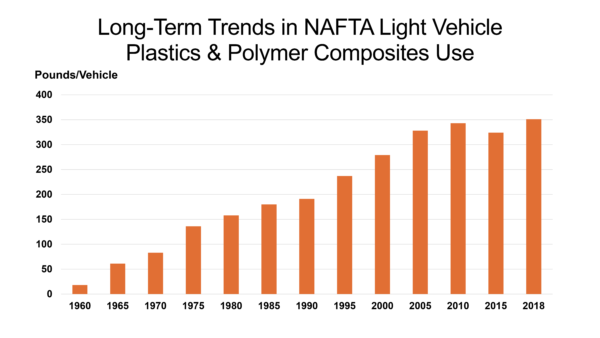
Plastics and Polymer Composites in Light Vehicles
Light vehicles represent an important market for plastics and polymer composites in North America, one that has grown significantly during the last five decades.
Learn More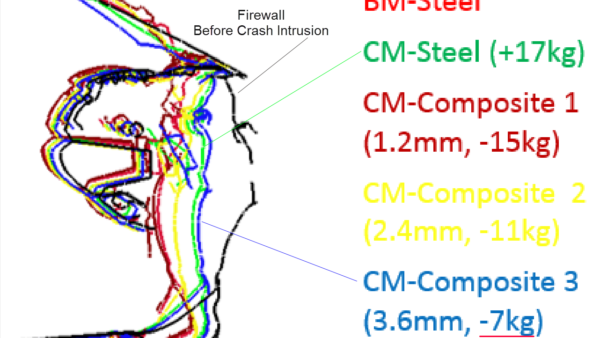
Study Shows Polymer Composites Save Lives and Weight while Exceeding New NHTSA Frontal Oblique Crash Intrusion Requirements
Recent developments in the automotive industry will require that Original Equipment Manufacturers (OEMs) meet the new National Highway Transportation Safety Administration (NHTSA)’s requirements for vehicle safety. To meet these higher standards, OEMs are now required to strengthen the front end of almost all vehicles. The material of choice to get this job done? Studies are […]
Learn More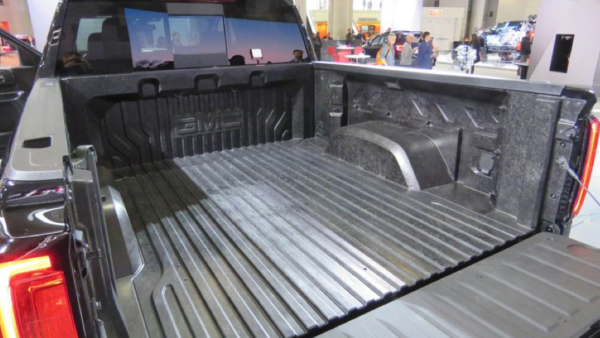
The 2019 Sierra Denali: A Heavy Duty Pickup Truck Utilizing a Carbon Fiber Bed!
Ladies and gentleman, you read it here first. General Motors is set to officially release its 2019 Sierra Denali, a pickup truck with a never before seen special feature exclusive to the upcoming vehicle—a carbon fiber reinforced plastic bed known as the CarbonPro Box. This is a smart move by GM considering the increasing popularity […]
Learn More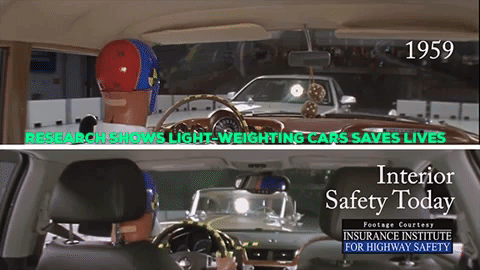
The Strength & Safety of Lightweight Vehicles
There’s nothing lightweight about the safety of lightweighting cars. And although lightweighting is shown by the federal government’s own studies to be lifesaving (the EPA estimates that reducing vehicle weight can save approximately 451 lives per billion miles traveled), the current political climate is espousing that the “relatively cost-effective technology option of vehicle lightweighting…will increase […]
Learn More
Mobility Experts, Decision & Industry Leaders Needed!
Contact us today to see if you qualify and what you can contribute! The American Chemistry Council seeks to engage technical experts, decision-makers, and other mobility industry leaders. The plastics and polymer composites industry is building a bridge to tomorrow’s trends. What industry-wide actions can speed up widespread enhanced safety and mobility? How can new […]
Learn More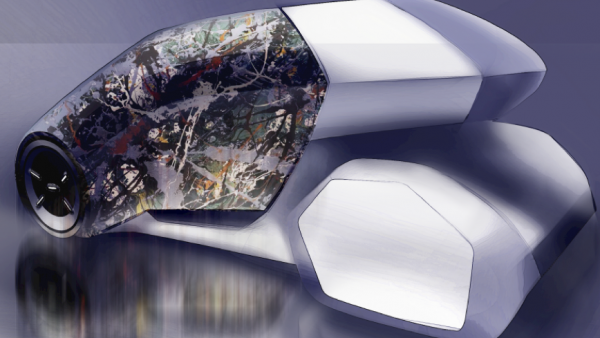
Plastics Enabling Autonomy In New Directions: Mobile Art Gallery
As a kid growing up in Ontario, I wanted to be a dentist. But, as I was finishing my bachelor’s degree in biopharmaceutical sciences, I changed direction.
Learn More
